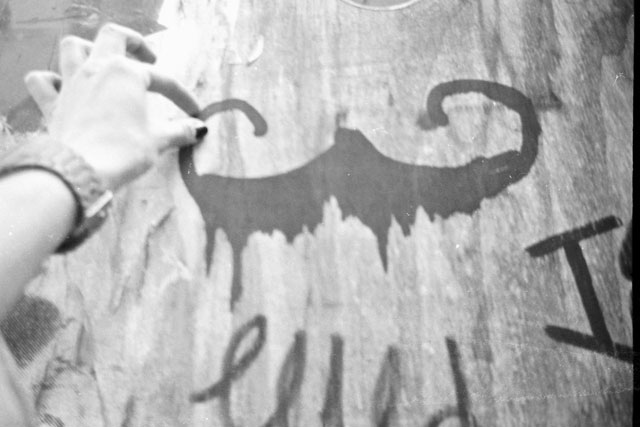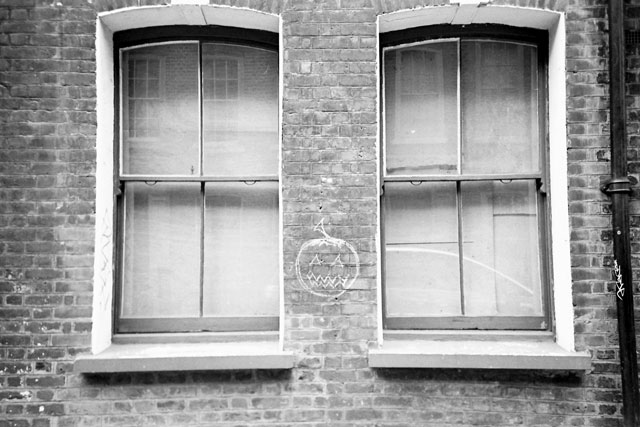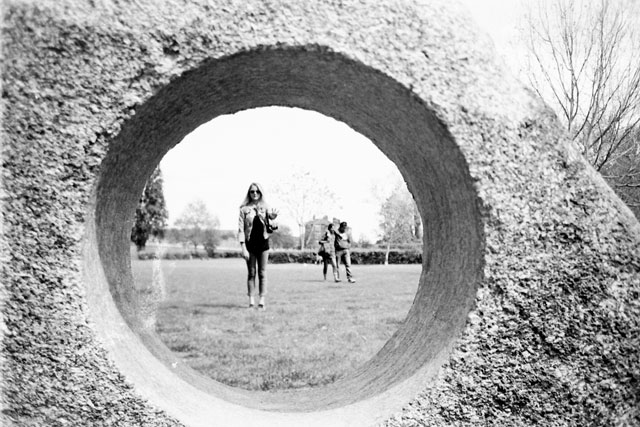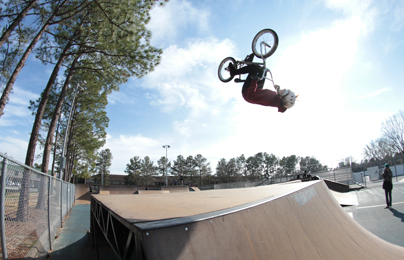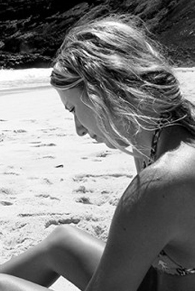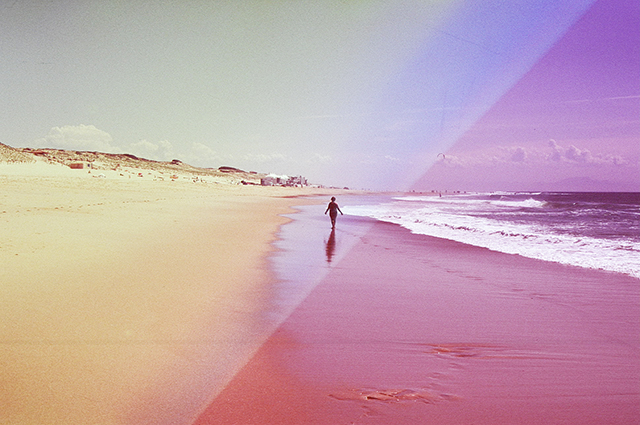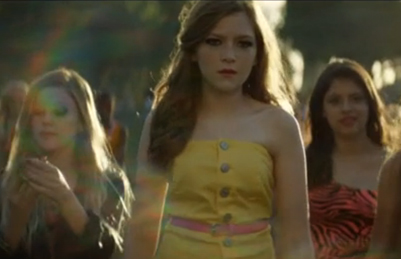
Anyone who is a lover of analogue photography will agree that Lomography is one of the best modern proponents of the form. They are keeping the film-based world alive, encouraging us to put down those digital beasts and take up a more creative forms of photography for our everyday snapping. We went in deep to discover…
Words and photos by Hannah Bailey
Yes, with digital technology and ‘touch of a button’ Instagram there is no risk involved and no costly developing fees, but doesn’t everyone’s shots end up looking the same? What makes a ‘good photo’ has changed in my opinion and as lab rat Jack puts it: “sometimes doing the wrong thing works out“. It’s the unpredictable trial and error nature of analogue photography that draws us in and leads to addiction.
So to the Lomo lab we head! The first of its kind in the UK, this East London hub for creative snappers (based in Spitalfields market, Shoreditch) has been open for processing for the past year, allowing us to cruise down to their basement to ask questions and get our prints processed. To take it one step further, throughout May, the lab with personality has opened its doors to allow our intrigued eyes and ears to learn through a series of workshops and special events. They call it ‘LomoLab Month’. Being an analogue lover comes with a cost, but the chaps at Lomo are happy to show us that you can process your own film and last week we were invited along to check out the black and white processing workshop to see just how.
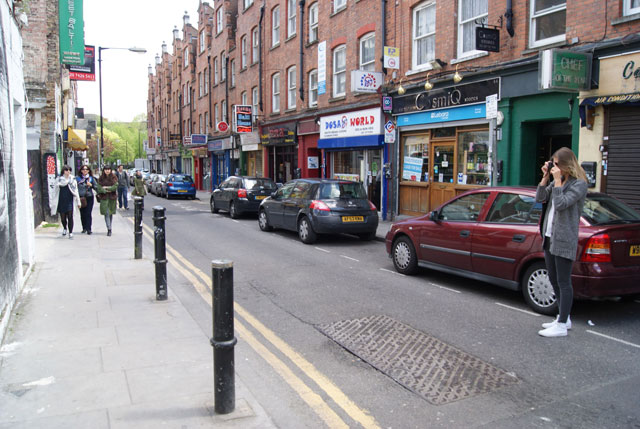
Step one:
On arrival at the Lomo store we were hooked up with an LC-A camera (the o.g. piece of camera history that kick-started the Lomo revolution). Loaded with Lady Grey, iso 400 (ideal for cloud covered skies) we were sent off to snap a 36-exposure film in an hour. Eyes scanning every street corner for a snap happy moment!
Step two:
Film exposed to ‘creative gold’, it’s back to the lomo lab to get processing. I’m told it’s as simple as: “develop, stop, fix and wash“. But first up, the fiddly bit, spooling. It’s worth practicing on an old negative to get the feel before you enter the darkroom stage. Here’s the equipment at the ready:
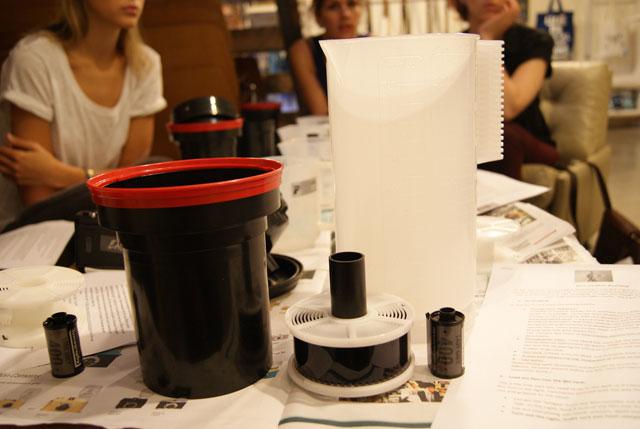
Step three:
The darkroom. Your brain takes you to a safe-lit room, red and eerie, with developed negatives hanging by pegs to dry, but calm down, this isn’t required. All you need for the darkroom stage is…well, darkness but only for the spooling and closure of your film into the development tank. Below is my darkroom all set up. You can latch the first few sprockets of your film onto the spool as a head start. Then close up the container and get spooling… When you’re done, pop it safe and sound in the developing tank away from any dangerous light. Ta da!
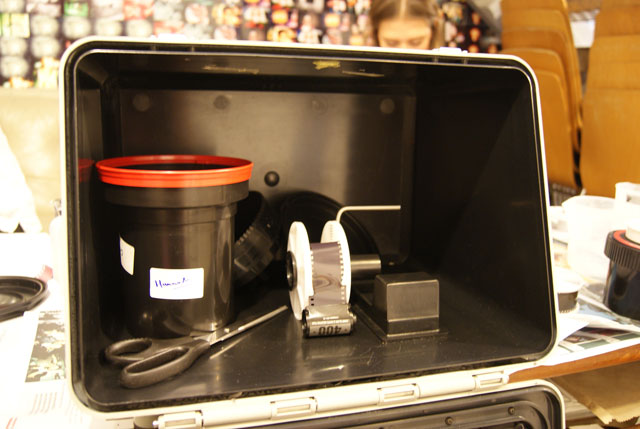
Step four:
Time for developing: add your developer solution, close the lid and give it a good tap, followed by some agitation (invert the tank a few times). After 8 minutes drain the developer and add the stop solution (this being dependent on the developer you are using, for us it was plain old water). Rinse your tank a couple times for around 5 minutes.
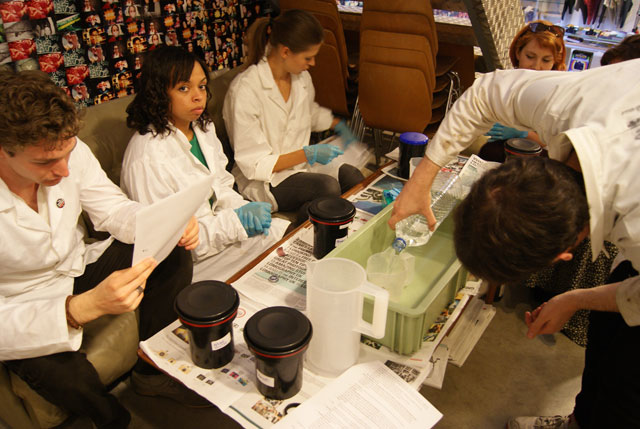
Step five:
Get fixing that image on for good…by adding the fixer solution into your tank. Same as before, close the lid, then invert it here and there to get it all over your film. When times up, drain it and rinse with water again. Give it a good wash so everything is clean and clear.
Then what?
Your image should have magically appeared. Open your developing tank. It’s ok, light is now a useful friend! Unspool your film and hold it up proud to see what amazingness you have captured on the roll. Hang it out to dry, squidging any water droplets off or leaving them on for imperfect detailing!

Here are some of our hard earned snaps from the day.
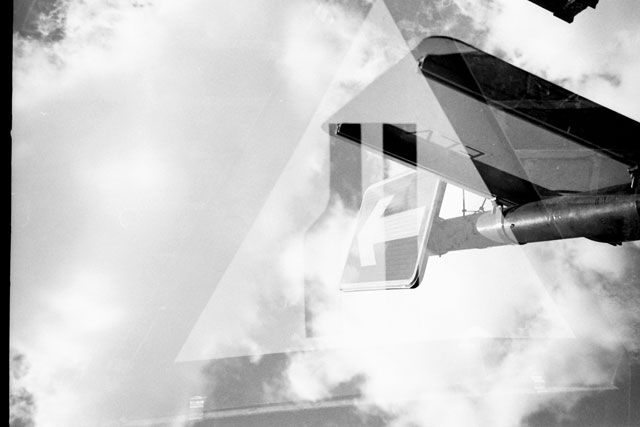
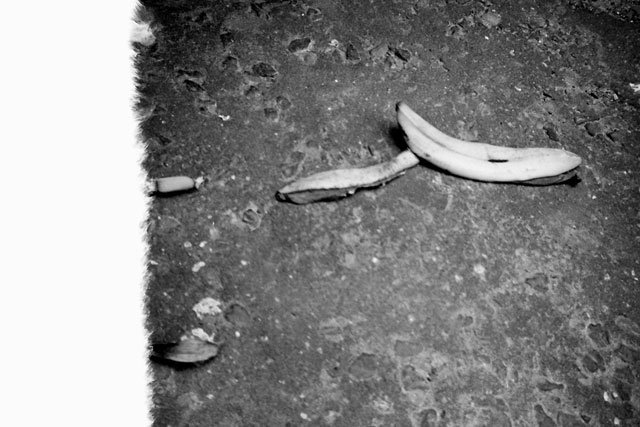
Well, that was simple but satisfying! There are a ton of variables in the world of analogue; from choosing your camera to the film you use, all the way through to the chemicals you choose for development. Now we’ve learnt the basics, we’re keen to experiment! Check out Lomography online to join the gloriously analogue revolution and be inspired. Also be sure to like Lomography on Facebook for news on monthly workshops you can sign up for.
